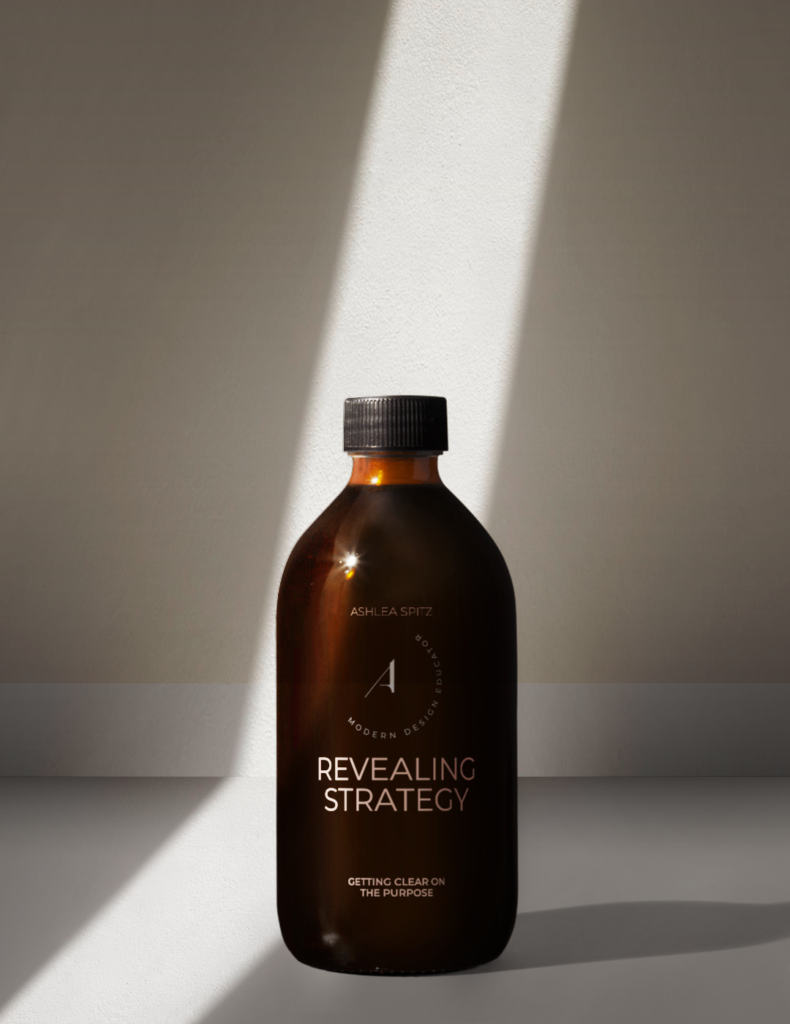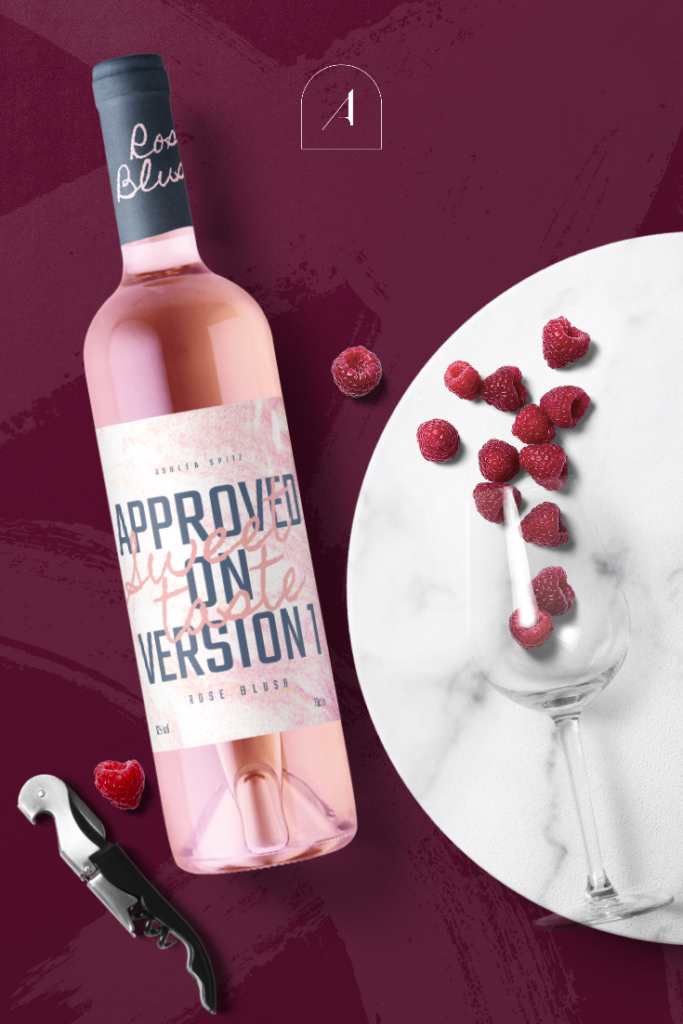
Version-itis – that cringe worthy word that creeps into your cloud folders with copious amounts of v3, v4….v8….final…finalfinal…finalfinalfinal. Ugh!
Who doesn’t love it when you nail your clients solution on the first round of designs?! You do the happy-dance no doubt. I mean, there is nothing worse than having your client try to be the ‘back-seat-designer’ after your initial concepts. You are the expert and you are the designer that was hired to bring the brand strategy to life. So don’t let yourself get down if your client isn’t a raving fan of your first concepts.
It’s all about educating our clients and articulating your solutions to the design problem. We are visual story-tellers, and sometimes our other modes of communication can get, well, lax!
We’ve all been there, done that. And after 20+ years of designing everything from the smallest of projects to large multi-level brand roll-outs, I’ve learned a few things that get the best traction with a fast turnaround approval.
GET CRYSTAL CLEAR ON THE STRATEGY

You get the project brief, you get it signed off, and now you are ready to pull up your sleeves and get the coveted design tools warmed up.
But back that baby up, are you and your client really on the same page? Sure you know the target audience is 20 somethings, but are they the college kids that live for their next big sorority party, or are they the adventure seekers gearing up for their first long distance backpacking trip alone, soul searching and looking to find themselves? You see, we all have an idea in our heads of what a certain demographic is like but getting crystal clear on your who/what/where/why and the deeper why (which we will get to that in a minute), is more important than your final concepts.
DEFINE YOUR WHY
Sure we all know why they need a rebrand – their current one sucks! But in all seriousness, the deeper why is what identifies the gap between the current state (i.e. the problem) and the desired state (i.e. the goal). We need to answer this: Why does it matter? No really, their logo sucks so bad that it turns people off of their product. Okay, okay, we get it. *eye roll* But then, ask yourself this: Why is it important that this problem be solved? Answer: because the customer ends up going with the competitor even though our product/service is better. Okay, then ask yourself this: What value would a solution bring to the user, and to the business? It would build trust with the customer that our product/service is the one that will fulfill their needs best. It will make them *feel* heard and understood.
I like to play the 5 Why’s game… no, not the game that your baby cousin always asks you why over–and over. and over. again. But the 5 Whys is a technique that gets you to the deeper design problem.
For example: Client needs a new app design.
Cool! What’s it for you ask? Well its a dating app. So why do they need one. Duh – they don’t have one yet silly! And who’s going to use this app? Girls. *real good answer there bruh*, more specific please? 25-35 years old, single urban female with busy schedule. Now we are getting somewhere.
- Why does she need a new dating app? → All the other ones are boring and old.
- Why does she feel all the other ones are boring? → She see’s the same *lame* guys on there, only to find nothing new.
- Why are all the guys so lame? → They creep into her DM’s with the same old basic questions. Or even worse–just an emoji.
- Why does she find the same old questions (and eggplants) a bad thing? → She can’t get to know them well enough and doesn’t have time for the same small talk and emoji banter.
- Why can’t she get to know they well enough? → Because the questions are not deep and the guys just act like its a game, pasting the same comments over and over again.
The root cause here is a disconnect of purposeful engagement, so your solution might focus on the empathetic voice and creating deeper connections. Your final problem statement might look something like this: “Young working professionals need a trustworthy and meaningful app to meet new people and create deeper connections.” Key word being meaningful. Now how can you solve this in the new app? How will you brand the app to differentiate it from all the others that speaks to your primary audience?
CREATE THE VISION

Simply put, show your designs in the context in which they will be most visibly used in.
We designers are visual people and can easily envision how our work will look and function in context, however, your clients will likely not be able to imagine it so well. You know that ‘make my logo bigger’ syndrome – well trying to view how something will actually be to scale vs on a plain white page is not always the easiest thing to imagine.
So give them the clear vision, show them how it will function and look in many different forms and scales, from the signage outside their storefront to the staff uniforms, or as an icon on a mobile. Whatever the manner in which you choose, make sure it’s in a context that they will actually be using it in. For example, if you are designing a brand identity for that new swanky law firm, don’t show the branding on a shopping bag, unless of course, you like to get your legal documents wrapped in tissue and tied with a bow. 🛍 But you get the idea, context is key!
So the next time you have the opportunity to nail the design on version 1, think about these three important rules and how you can spend valuable time working through these before you design and hit the share button.
Do you have a burning question about branding process? Drop me a line and I will answer it in my next blog post!

JOIN OUR FREE SLACK COMMUNITY TODAY!
For more tips and some stress-free socializing, come visit me on my insta!
CATEGORY
Nov 11, 2020
POSTED
Narrow the brand problem, nail the design–the first time!
